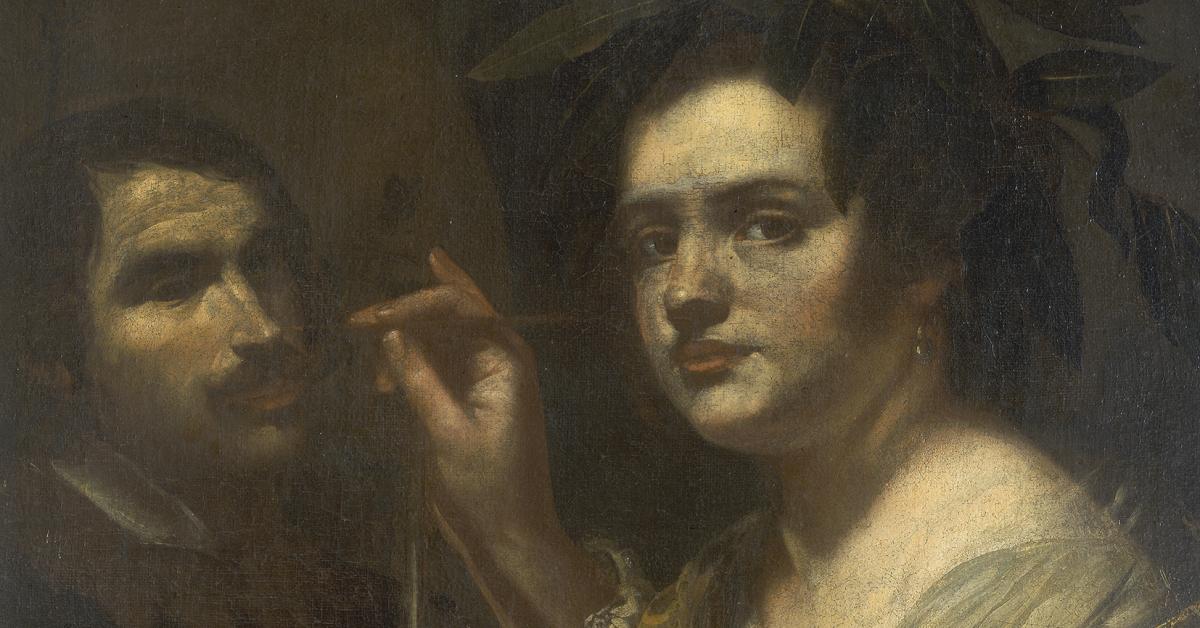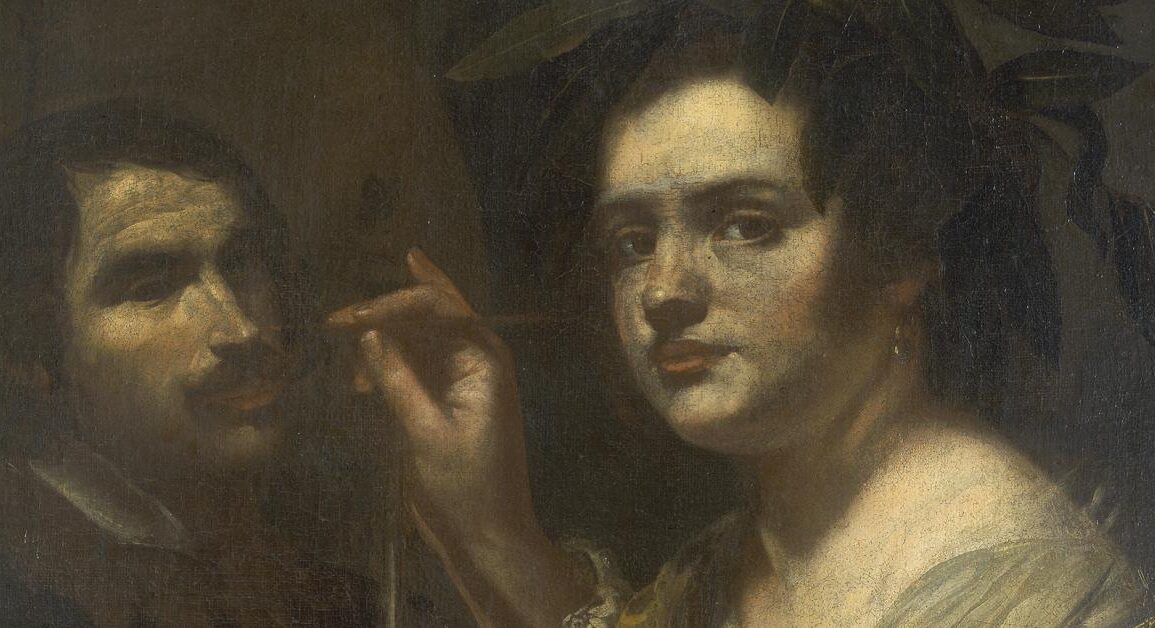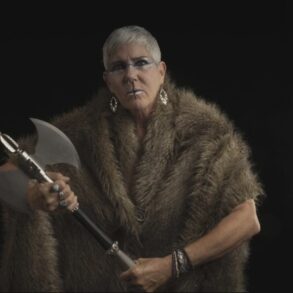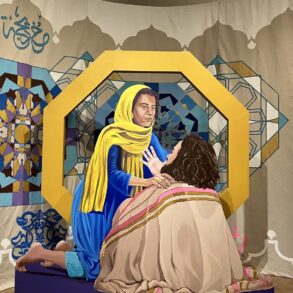
In Paris, the Centre Georges Pompidou is not to be outdone. “Currently, 18.53 per cent of the total number of artists represented in our collection of 120,000 works are women, but the younger the generation, the more this figure balances out (around 40 per cent of the visual artists born after 1970 who make up our collection are women),” says Dorothée Mireux from the Paris museum. “In 2018, the collection included 1,468 women artists, which represents an increase of 5.65 per cent in four years”. The Centre Pompidou, which was a pioneer with landmark exhibitions such as elles@centrepompidou (from 2009 to 2011) and Elles font l’abstraction (Women in abstraction)(2021), has made photographer Dora Maar the most represented female artist in its collection, ranking fifth among the most exhibited artists, behind photographers Man Ray, Brassaï, Eli Lotar and sculptor Constantin Brancusi.
Other museums develop specific initiatives to mark certain events, such as International Women’s Day. On 8 March, for example, women can visit the archaeological site of Pompeii free of charge, or attend series of lectures organized by the Prado Museum in Madrid to discuss the role of women in the museum’s masterpieces. Its website has a special page entitled “Prado en Femenino” (The Prado in the feminine). In addition, the museum actively promotes the participation of female professional staff and external contributors such as exhibition curators, lecturers and catalogue authors.
But despite this desire to make more room for women artists, parity is far from the norm. According to a study published in the scientific journal Plos One in 2019, 87 per cent of the artists exhibited in the eighteen most visited museums in the United States were men. In Spain, a 2024 report by the Association of Women in the Visual Arts revealed that 57 per cent of Spanish museums still do not achieve “parity”, which is considered to have been reached when at least 35 per cent of solo exhibitions are devoted to women artists.
In the meantime, the work of certain artists is currently being showcased, sometimes centuries after their disappearance. This is true, for example, of the painter Artemisia Gentileschi (1593-1656), rediscovered in the 2000s and now emerging as an emblematic figure among women painters of the 17th century. In 2020, the National Gallery in London devoted a major exhibition to her entitled “I will show Your Illustrious Lordship what a woman can do”. Quite an undertaking.








